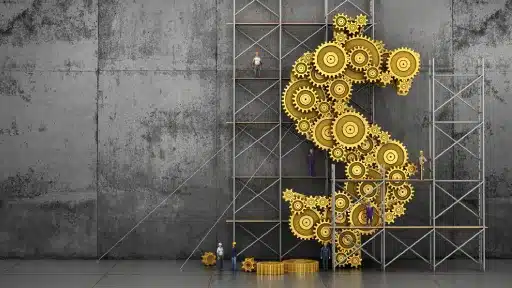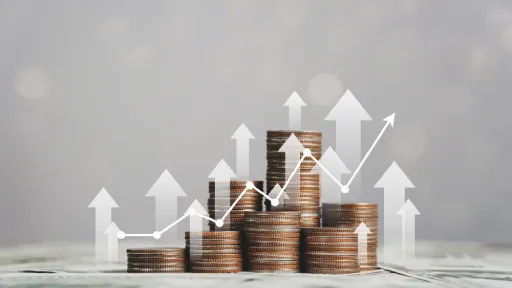Understanding what does the executive branch do is critical in today’s financial landscape where government decisions directly influence economic stability, policy, and international trade. The executive branch not only enforces laws but also shapes the economic framework through regulatory power, budget proposals, and leadership on both domestic and global stages.
What Does the Executive Branch Do? A Comprehensive Overview
The executive branch is one of the three branches of government responsible for implementing and enforcing laws. It is headed by the President, often referred to as the Chief Executive, who works alongside the Vice President, the Cabinet, and numerous federal agencies. This branch carries out essential government functions, ensuring the smooth operation of the nation while impacting financial policy and economic direction.
Main Responsibilities of the Executive Branch
To grasp what does the executive branch do, it’s important to explore its primary roles and how they interconnect with financial and economic governance.
- Enforcement of Laws: The executive branch ensures that all legislation passed by Congress is implemented and followed by the public and government agencies.
- Administration of Federal Agencies: It oversees numerous federal departments, such as Treasury, Commerce, and Labor, which influence economic and financial regulations.
- Budget Proposal and Execution: The President proposes the federal budget to Congress, outlining spending priorities that impact economic sectors and public services.
- Foreign Policy Leadership: Negotiates treaties, manages relationships with other nations, and guides trade agreements critical to the economy.
- Commander-in-Chief Role: Oversees the armed forces, ensuring national security, which directly affects the stability necessary for economic growth.
The Executive Branch’s Influence on Financial Policy
Integral to understanding what does the executive branch do is recognizing its role in shaping financial policy. The presidency and executive agencies regulate financial markets, tax policies, trade tariffs, and fiscal measures that affect inflation, employment, and investment decisions.
- Regulator of Financial Institutions: Agencies like the Securities and Exchange Commission (SEC) fall under the executive branch, safeguarding market integrity.
- Tax Policy Implementation: The Internal Revenue Service (IRS), an executive agency, executes tax laws affecting government revenue and distribution.
- Economic Stimulus Decisions: The executive proposes actions during economic crises, like bailouts or stimulus packages, to stabilize the economy.
How the Executive Branch Interacts with Other Government Branches
The effectiveness of the executive branch is often shaped by its relationship with the legislative and judicial branches, creating a system of checks and balances designed to prevent power abuse.
Working with Congress
Though the executive branch enforces laws, these laws originate from Congress. The President can recommend legislation, veto bills, and negotiate with lawmakers to implement policies that align with their agenda.
Interaction with the Judicial Branch
The executive branch must operate within constitutional boundaries as interpreted by the judiciary. Courts can check executive actions, ensuring legality and protecting citizens’ rights.
Key Components of the Executive Branch
Breaking down what does the executive branch do involves identifying its main components and their respective functions.
- The President: The chief executive who directs government operations and sets policy priorities.
- The Vice President: Supports the President and assumes office if the President cannot serve.
- The Cabinet: Comprises heads of executive departments advising the President on various issues including economy, defense, and foreign affairs.
- Executive Agencies and Departments: Entities like the Department of State, Department of Treasury, and federal commissions that handle specialized functions.
The Importance of Understanding the Executive Branch in Today’s Economy
Being informed about what does the executive branch do empowers citizens and businesses to comprehend how policies impact taxation, regulations, trade, and economic incentives. As government decisions can ripple across markets and international relations, awareness of the executive branch’s functions is vital for stakeholders in the financial ecosystem.
In conclusion, the executive branch plays a pivotal role, extending beyond law enforcement to encompass broad influence over the nation’s economic stability and growth. From delivering critical public services to guiding fiscal and monetary strategies, understanding what does the executive branch do is essential for navigating today’s complex financial environment.


